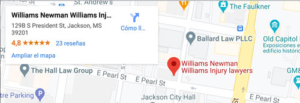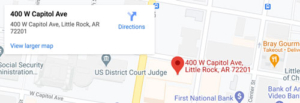How Insurance Might Fare in an Era of Driverless Cars
There has been no shortage of reports predicting the fate of the insurance industry once driverless cars become a reality. Mississippi residents may be familiar with some of the dire predictions: A 2016 Morgan Stanley report estimates that with no drivers needing car insurance, the industry will dwindle by 80 percent by the year 2040.
A more recent report from Bloomberg New Energy Finance paints a different picture, though: not one of sudden declines in revenue but rather one of gradual shifts as new revenue sources open up. Who pays for a policy will change with parts manufacturers and technologies companies being especially likely to need coverage.
The frequency of accidents involving autonomous cars shows that insurance won’t disappear. The technology in semi-autonomous vehicles, such as sensors and bumper cameras, is expensive, so even minor fender benders will raise the average cost of repairs.
Insurance companies that are quickest to adapt to the changes will have plenty of opportunity for excelling. They could provide cyber insurance, for example, to protect against cars getting hacked.
Before driverless cars become the norm, drivers will likely use their autonomous features only part of the time, such as when parking or faced with traffic jams. This transitional stage could allow insurers to cover both drivers and their cars.
As long as a driver is insured, his or her insurance company will have to face auto accident claims. Victims of another’s negligence may wish to file these claims in order to be compensated for their losses, including medical bills and vehicle damage. A lawyer might assist by hiring third parties to gather proof, negotiating for a settlement out of court and litigating if one cannot be agreed upon. It all begins with the case evaluation where any negligence on the victim’s part is factored into the potential amount.















